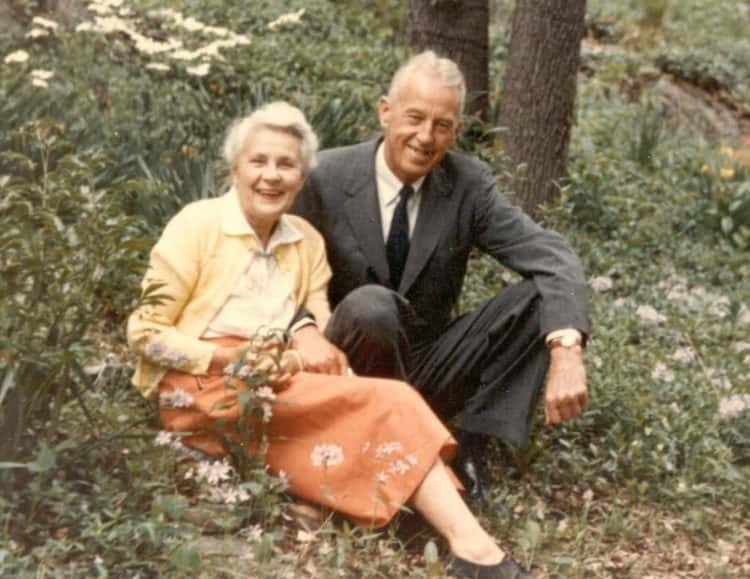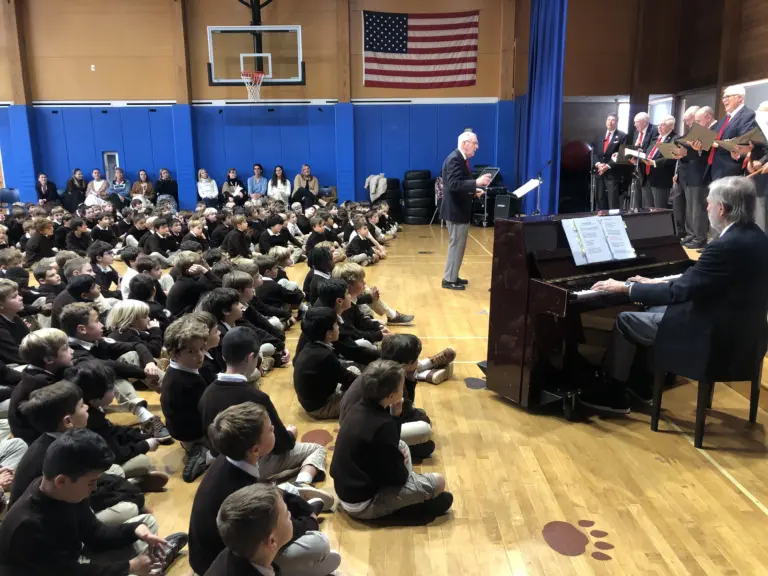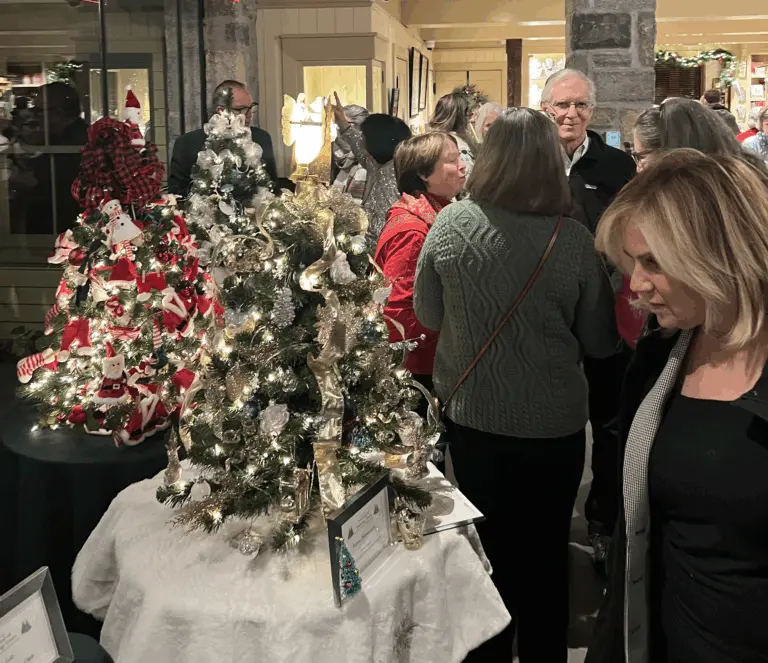

Seeing the outstanding HD performance of the Metropolitan Opera’s new production of George Gershwin’s “Porgy and Bess,” in downtown Greenwich, was a treat – and a caution. There are themes that opera addresses, based on a book written nearly a century ago, still with us, poverty, black-white inequality, and addiction. It’s the last ill that resonates. It is so heartbreaking seeing a beautiful and beloved girl in her thirties making all the wrong choices for herself, because of her addiction.
For sure, there are families in this town that struggle with someone addicted, and many of those addicted are seeking help. At Christ Church Greenwich the 12-Step meetings are abundant: every week there are 10 Alcoholic Anonymous (AA) meetings. Add seven other churches in town I found listed on the AA meeting schedule (ct-aa.org): Greenwich Baptist Church, Diamond Hill United Methodist Church, St. Paul’s Episcopal Church, Saint Saviour’s Church, First United Methodist Church, St. Paul Lutheran Church, St. Catherine’s Church, and one at Greenwich Hospital. (And note, there’s an Addiction Recovery Center at Greenwich Hospital.)
AA most certainly has a significant imprint in our town. I learned recently that one of the very earliest AA meetings was held at Christ Church, and then came the discovery of a pioneering alcoholics treatment at Blythewood Sanitarium in Cos Cob, but that comes later.
The critical fact is alcoholism is on the rise around the world. According to a recent study cited by the American Psychiatric Association (APA), “In the U.S., more than 20 million people 12 years and older have a substance use disorder.” Add to that, “ Substance use disorders are a significant contributor to disability and premature death and take a tremendous toll on individuals, families and society.”
Absolutely – I’m privy to that toll, having attended one of the five Al-Anon Family Groups (AFG) meetings on offer in town (for those affected by someone else’s drinking). And I know how strengthening it is being in a community. The trouble is those often afflicted can’t break out of their isolation. You can read online how, with social media thank you, “There has never been a time in history when so many people feel isolated in society…One way to deal with this loneliness and alienation can be to turn to alcohol or drugs.”
Yes, I’m reminded here of those AA and Al-Anon phone and online meetings, and public and private groups found on Facebook and the like. But I believe it’s being with others that best breaks through loneliness.
So, let’s bring the light back onto those churches hosting these AA meetings. The APA study cites its findings: “Spiritual or religious based programs, such as those based on the principles of Alcoholics Anonymous,” are more effective for treating people with substance use disorders. (Note that six of the 12-steps deal with a higher power – though interpreted in a variety of ways.)
So, now let’s time travel to 1935, the year that Bill Wilson founded AA, the year a prominent New York psychiatrist, Dr. Harry Tiebout, becomes director of a bucolic 50-acre Blythewood Sanitarium located in Cos Cob. Tiebout is not only treating the mentally ill but alcoholics. He’s been sent a 1939 pre-publication copy of Wilson’s book, “Alcoholics Anonymous” wherein Wilson crafts the 12-Steps of recovery. Tiebout shares it with a female patient dealing unsuccessfully with her alcoholism. At first fighting off its religious message, but encouraged to read on by Tiebout, the patient, Marty Mann has an epiphany and becomes an active member of AA, dedicating her life to educating others about alcoholism and founding, with Tiebout’s support, the National Council on Alcoholism (now with Drug Addiction added – NCADD).
“Marty Mann was a very close friend of Lois and Bill Wilson,” shares Sally Corbett-Turco, executive director of “Stepping Stones” (yes, another Stepping Stones), the National Historic Landmark home of the Wilsons located in the hamlet of Katonah in Bedford, NY. This was the Wilson’s first real home they moved into in 1941 to live out the rest of their lives, and its available to tour. It was there in 1951 that Lois Wilson founded, on husband Bill’s suggestion, Al-Anon, a similar 12-Step program for the family and friends of alcoholics.
With AA (and Al-Anon), notes Corbett-Turco, “There are no dues or fees for membership,” with the only requirement, a desire to stop drinking. She adds, “The 12-Step fellowships are not medical experts. One can seek separate medical counsel to discuss detoxing or withdrawing from alcohol and other substances or treatment.”
What Corbett-Turco has so often witnessed in her role at the Wilson historic home site, is “the open arms of the 12-Step fellowships filled with people who can relate to one another, sharing a message of recovery much the same way that Bill and Lois Wilson did for decades.”
And that fellowship is free.
For those wanting to visit the Wilsons’ “Stepping Stones” home, its gardens and Bill Wilson’s writing studio, “Wit’s End,” Corbett-Turco suggests making tour reservations in advance by calling 914-232-4822, or visiting steppingstones.org, or emailing visit @steppingstones.org




